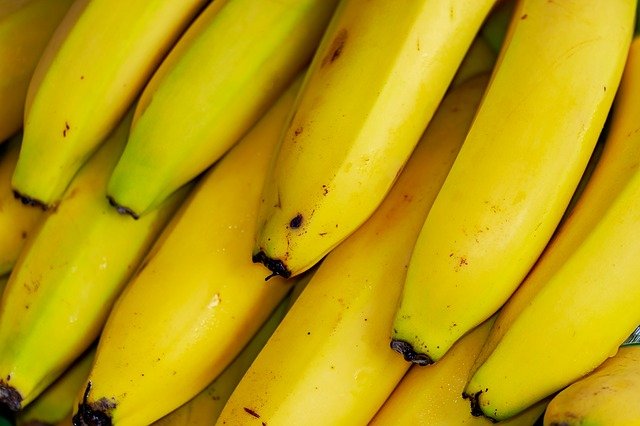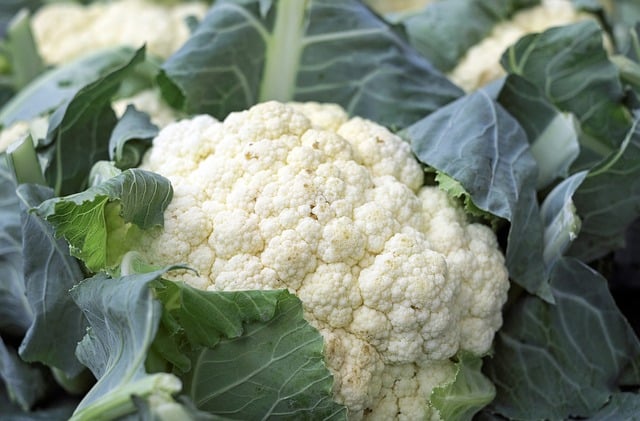
Cisgenesis is especially applied in bananas
Cisgenesis is the genetic change that is introduced into an organism through the incorporation of a gene from another organism that is sexually compatible with it . This is a technique that is usually used in the field of agriculture to promote the reproduction of certain plant species.
Sexual compatibility
It is important to differentiate between cisgenesis and transgenesis . A cisgenic plant presents a gene from another plant with which it shares sexual compatibility. A transgenic plant , on the other hand, has genes from an organism that is not sexually compatible with it.
Cisgenesis, therefore, is a genetic manipulation . This practice is the subject of debate between those who consider it to be harmless for the environment and health and those who demand its regulation, as occurs with transgenesis.
The application of cisgenesis is carried out with the aim of improving crops . Its use is common in the case of bananas , for example. Critics of this process maintain that the difference between cisgenesis and transgenesis is ambiguous, meaning there are risks that cannot be ignored.
The inevitable transgenesis
Some experts warn that transgenic plasmid (DNA molecules) sequences always appear in cisgenic plants. That is why they maintain that establishing an opposition between cisgenesis and transgenesis is unfounded.
The dilemma lies in the balance between the advantages offered by genetically modified foods through cisgenesis or other procedures and the dangers posed by these actions , the effects of which are often unknown or have not been evaluated in depth.
Returning to the example of banana, given that it is the type of crop in which cisgenesis is applied most frequently, it is necessary to highlight that those who support this use maintain that it does not carry any risk to our health or the environment , so that (in theory) we should not worry about its regulation. However, not everything has been said about it.
The fact that plasmid sequences are inevitable is reason enough to understand one of two things: scientists have not found a method to achieve completely reliable cisgenesis, which prevents the presence of transgenesis; There is no better way, which is why it is important to thoroughly study the risks to combat them before they impact organisms and the environment.
The risks of cisgenesis
An example that is frequently cited to expose the potential risks of cisgenesis is the cauliflower mosaic virus , which is also known by the acronym CaMV . It is a virus that belongs to the Caulimoviridae family, in which they all exclusively infect plants.

Cauliflower mosaic virus: a risk of cisgenesis
The most obvious symptoms of CaMV are:
* chlorosis (the plant's veins turn yellow because its chloroplasts do not function normally), which usually begins at the bottom of the leaf;
* darkening of certain parts of the veins, which can be seen as green streaks;
* appearance of certain necrotic spots on the surface of the leaf.
Given that almost all plants can be infected by this virus, the big question asked by those who question the safety of cisgenesis is whether it can bring certain consequences, such as the alteration of the genetic composition of the treated varieties.
Its defenders say no; They even point out that using the CaMV promoter it is possible to achieve results much superior to those possible through the promoters of the plants themselves. In this context, a promoter is a part of DNA that manages the initiation of transcription into RNA of one of its portions.
